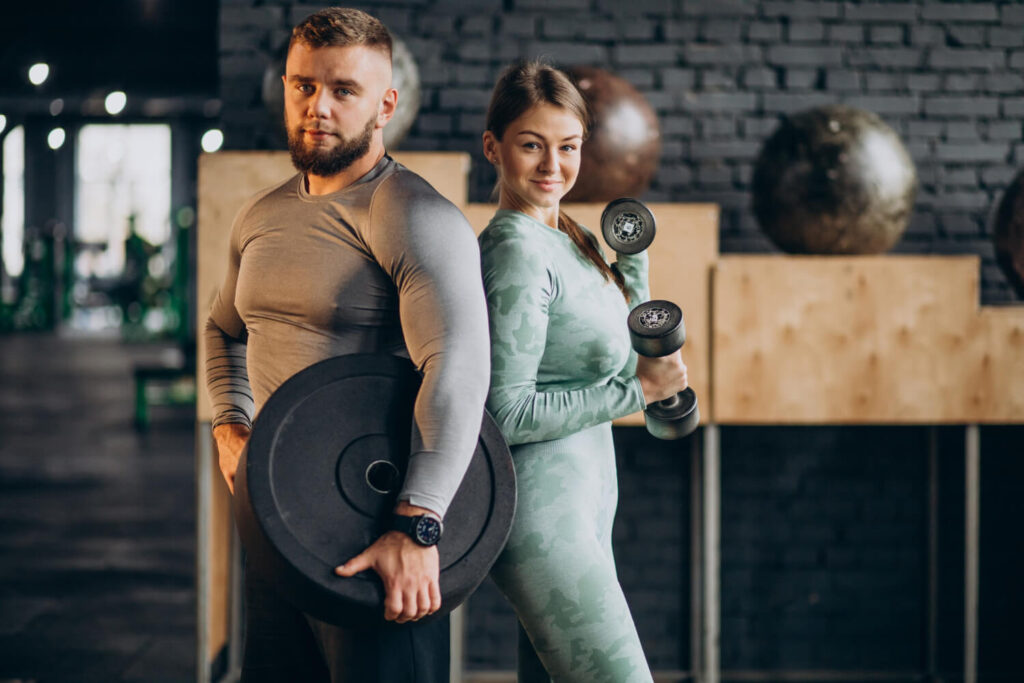Knee pain depending on the severity can greatly affect our daily lives and limit our ability to stay active on the field. There are many different causes of knee pain which we will discuss below along with the possibility of knee healing on their own.
Knee anatomy
The knee is made up of four muscle groups that have a direct effect on knee movements. Quadriceps, Hamstrings, Adductors, and Calf muscles. The Quadriceps are located on the front of the leg and are responsible for straightening the knee and accepting force during bending such as going up and downstairs. Hamstrings are located at the back of the knee and are responsible for the bending of the knee. Adductors are located on the inside of the leg and help bring the leg in. Lastly, the Calf muscles, mainly aid the foot but assist the hamstrings in bending the knee. These four muscle groups provide support and stability to the knee.
There are also four main ligaments that provide support to the knee, Anterior Cruciate Ligament (ACL), Posterior Cruciate Ligament (PCL), Lateral Collateral Ligamant (LCL), and Medial Collateral Ligament (MCL). Ligaments serve as stability for the knee and a last line of defense to prevent extreme ranges of motion
What did I do to my knee?
Ligament injury
Damage to the ACL and MCL are 2 of the most common ligament injuries. ACL injuries are usually a non-contact injury, with reports of hearing a “snap” or “pop”. While an MCL injury usually occurs as a result of contact. If a complete tear is done to the ACL or MCL surgery is recommended, as without an ACL we are unable to develop a stable knee during high effort running, cutting, and jumping as needed in sports. If surgery is not needed our goal is to restore Range of motion, build quad strength, and improve single-leg balance with dual tasking.
Did I tear my meniscus ?
The meniscus. Is the soft cartilage found between the two bones that make up the knee. It is responsible for absorbing force during walking, running, and jumping activities. It is frequently injured during sudden change of direction activities or landing in hyperextension/hyperflexion.
WIth an injury we may lack full ROM with swelling present along pain at the joint line. Depending on our level of injury and the location of the tear it is possible to heal on its own. Parts of the meniscus have a direct blood flow allowing for “nutrients” of the body to repair the damage. A meniscal tear should always be accompanied by individualized physical therapy, to address muscle weakness, knee stability, and a return to a running/jumping program.
Patella Tendonapthy?
The patella serves as a lever for the quadriceps making the straightening of the knee an easier task. The patella tendon sits directly under the patella and connects the patella to the lower portion of our leg. Patella Tendonapthy is frequently an overuse injury that occurs and is seen often in Basketball, Volleyball, and Track and field athletes it can be effectively treated through conservative treatment but can be a long road to recovery depending on how chronic the pain
How Do I Fix My Knee Pain?
Depending on the severity of the injury and if surgery is not needed there is a possibility of the injury becoming healthy again. There are 3 categories we should focus on to help you return to the field.
-Isometric exercises
-Eccentric exercises
-Introduction to plyometrics at low load.
The amount of time spent within the phases can be determined by your physical therapist who can create an individualized plan to have your return to play pain free.


